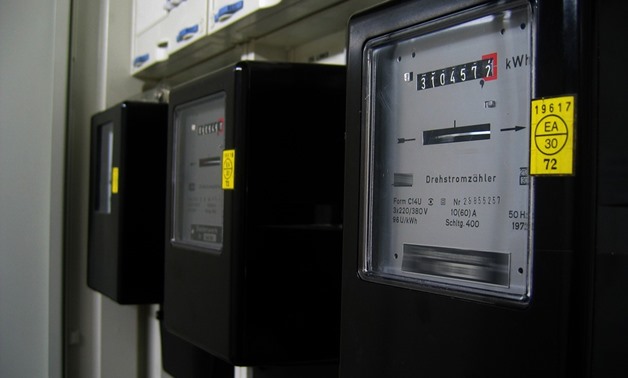
Electricity meters - Pixabay/Geralt
CAIRO - 2 August 2019: Citizens are re-assured by the government that the electricity bills for July consumption, which is the first bill to apply the new increase in electricity prices, will be revised several times in a multi-step process to issue accurate bills to the consumers.
However, if citizens were not satisfied with the value they are required to pay, seeing it does not reflect their actual consumption, they are advised not to pay the bill, and rather send a complaint with the reading of their meters. The electricity company should then order another reading of the meters, which would result in correcting the issued bill, said the head of the trade affairs at the South Cairo Company for electricity distribution Khaled Ibrahim.
Ibrahim explained the several steps that precede the bill issuance, saying that the process starts by employees collecting the readings of the meters, which are then transcriped and reviewed thoroughly. In case a reading is seen higher or lower than the citizen's average consumption rate, the reading is printed out and is sent to a team to double check it.
Each branch of the electricy company submits reports of the monthly readings to the billing department, which in return revise it one more time for any possible errors that could need a second examination. After bills are printed, and before being sent to consumers, an employ of the billing department checks the bills for a third time.
In May, Egypt's Electricity Minister Mohamed Shaker has announced new electricity prices after a 14.9 percent rise that was effective as of July. Shaker said, during a press conference, that the new prices would save the state from a deficit of up to LE 33.5 billion.
The new prices, according to the minister, come as part of the government’s economic reform program, as follows:
Housing use:
First bracket: From 0 to 50 kilowatts = (30 piasters up from 22).
Second bracket: From 51 kilowatts to 100 = (40 piasters up from 30).
Third bracket: From 0 to 200 kilowatts = (50 piasters up from 36).
Fourth bracket: From 201 to 350 kilowatts = (82 piasters up from 70).
Fifth bracket: From 351 kilowatts to 650 = (100 piasters up from 90).
Sixth bracket: From 651 to 1000 kilowatts = (140 piasters up from 135).
Seventh bracket: From 0 to more than 1000 kilowatts will have no subsidy (145 piasters)
Comments
Leave a Comment